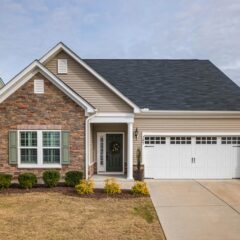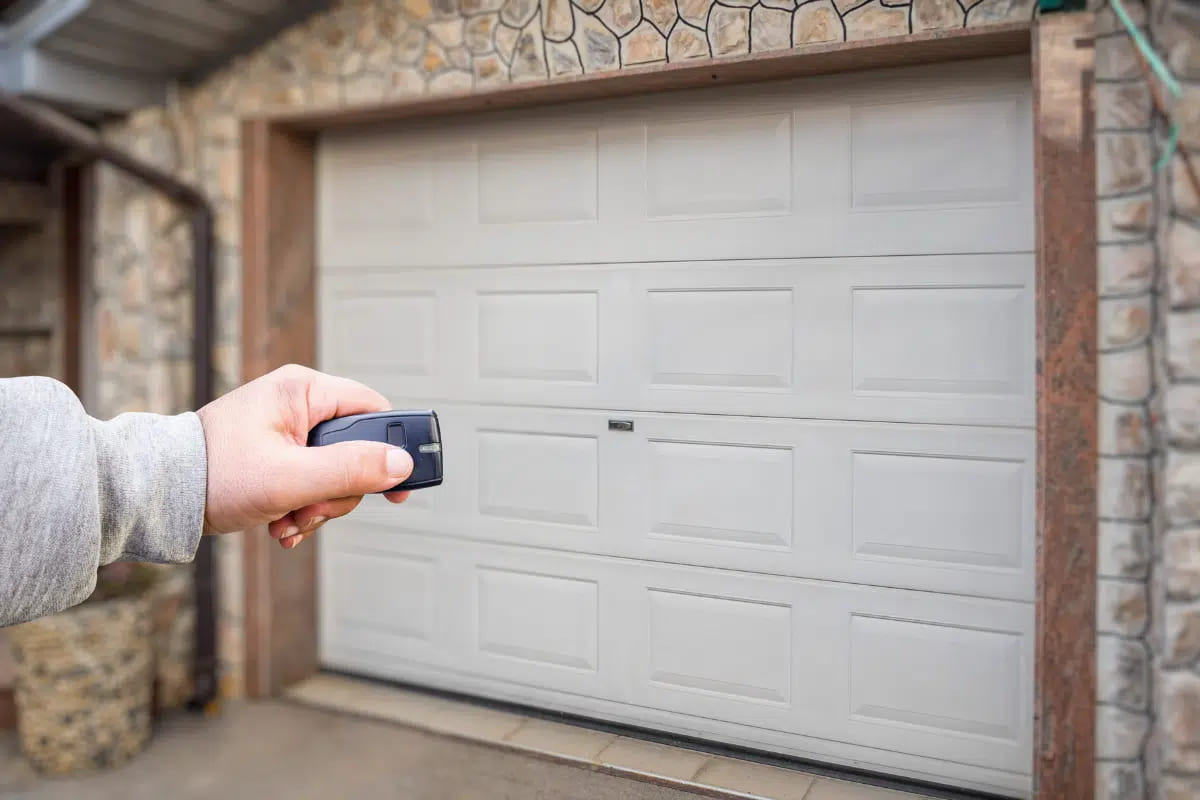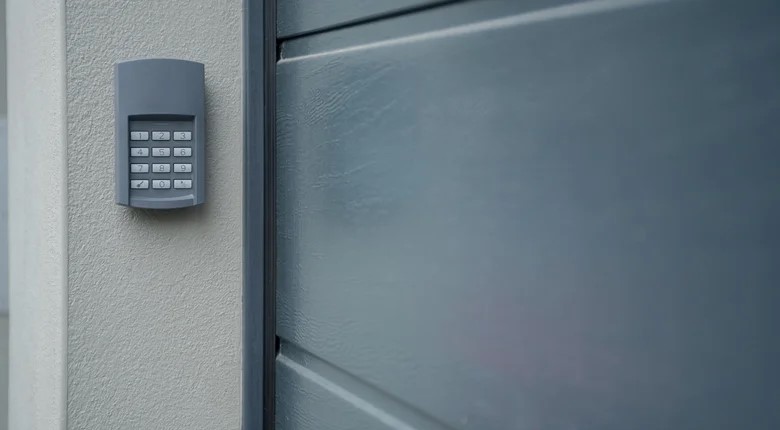
A garage door that fails to close securely can pose safety hazards, energy inefficiencies, and let in pests, debris, or intruders. For homeowners and business owners in America and Florida, understanding the underlying causes of door malfunction can save time, money, and frustration. In this comprehensive guide, we explore three primary culprits—safety sensor issues, track or roller obstructions, and limit settings or motor problems—and provide detailed troubleshooting tips, preventive maintenance advice, and guidance on when to call in the professionals. We’ll also cover the common reasons garage door will not close securely, helping you identify and resolve these issues quickly. You’ll learn how to troubleshoot garage door not closing properly effectively by diagnosing each issue step-by-step.We’ll also cover why won’t my garage door close all the way to help you understand and fix this frustrating issue.
Misaligned or Blocked Safety Sensors
Modern garage door openers include photoelectric safety sensors that detect obstructions and immediately reverse the door if they sense an object in the way. These sensors are vital for preventing injuries and property damage but can themselves cause malfunctions when misaligned or obstructed.
How they work and signs of misalignment
Garage door stops halfway then goes back up is a classic symptom of sensor beam disruption or misalignment, even when the floor is clear. Each sensor emits or receives an infrared beam:
- When the beam is intact, the opener functions normally.
- Interrupting the beam—whether by a person, object, or misalignment—causes the door to reverse or stop closing.
Common signs of sensor-related issues include:
- Door stops halfway then goes back up without any visible obstruction.
- Garage door reverses before touching floor even when nothing obstructs its path.
- One or both sensor LEDs flashing or unlit, indicating a power or alignment problem.
- Intermittent operation: The door sometimes closes normally and other times reverses.
Simple fixes you can try
Homeowners can try these simple checks before contacting a technician:
- Clean the lenses: Gently wipe sensor surfaces with a soft, damp cloth to remove dirt, spider webs, or grease.
- Verify power: Ensure sensors have a steady power supply; check wiring connections for loose or damaged cables.
- Realign sensors: Loosen the mounting screws, adjust each sensor until its LED light is steady (not blinking), then retighten.
- Remove obstructions: Clear the sensor path of plants, toys, snow, or tools.
- Test with an object: Wave a broomstick or similar object through the beam to see if the door reverses correctly.
If these steps don’t resolve the issue, professional service garage door technicians can test circuitry, replace faulty sensors, or recalibrate the system for reliable operation.

Track or Roller Obstructions
A garage door’s smooth travel depends on unobstructed tracks and well-maintained rollers, whether in high-traffic garage doors for businesses or a quiet residential driveway. Blockages or damage to these parts can cause the door to jerk, travel unevenly, or fail to close all the way.
Dirt, debris, or damage on the track
Over time, tracks collect:
- Dirt and grit: Common in residential sidewalks and driveways, especially where vehicles bring in sand or gravel.
- Rust flakes: From moisture exposure in coastal or humid climates, weakening metal tracks.
- Physical damage: Dents, warps, or bends caused by impacts from lawn equipment, vehicles, or heavy objects.
How it affects door movement
Obstructions and damage in the track can result in increased friction and motor strain, potentially overheating or burning out the opener. You may also notice uneven movement where one side binds or lags, placing additional stress on the door panels. Worn rollers or debris can produce loud grinding or squealing noises, indicating that immediate maintenance is needed.
Maintenance and repair steps
To keep tracks and rollers in top condition:
- Inspect tracks: Look for dents, bends, or debris; use a flashlight to check hard-to-see spots.
- Clean tracks: Brush away loose dirt and vacuum the recesses inside the track.
- Straighten minor bends: Loosen bolts, gently tap the track back into alignment with a rubber mallet, then retighten.
- Lubricate rollers: Apply a silicone-based maintenance garage door lubricant to rollers and hinges—never on the track itself.
- Replace damaged rollers or sections: Worn roller bearings or severely bent tracks should be replaced by certified technicians.
Consistent track care can prevent many common issues and extend the life of your garage door system.

Limit Settings or Motor Issues
Garage door openers rely on precise limit settings and a healthy motor to close fully. Problems in these areas often manifest as doors that won’t close completely or slam into the floor.
What are limit settings?
Limit switches instruct the opener how far to travel before stopping:
- Down limit: The lower bound when the door should fully close.
- Up limit: The upper bound when the door should fully open.
Incorrect limit settings cause:
- Door reverses just above floor level if the down limit is set too high—commonly reported as the garage door does not close for reasons unknown.
- Door slams into floor or frame if the limit is too low, risking damage to panels and seals.
Adjusting these limits typically involves removing the opener cover and turning adjustment screws on the motor housing—an operation best left to professionals to avoid calibration errors.
Motor and drive issues
Signs of motor or drive subsystem problems include:
- Unusual humming or sputtering noises can signal mechanical strain or electrical faults.
- Slow or laboured movement, where the door partially closes then stalls.
- Constant power draw without completing the cycle, which can blow fuses or trip breakers.
If limit adjustments fail, or you suspect motor wear or gear failure, contact our garage door installation experts for comprehensive motor diagnostics, gear assembly replacement, or an upgrade to a higher-capacity opener.
Final Thoughts: Quick Troubleshooting Tips
Before diving into complex repairs, always disconnect power to your opener to prevent accidental activation and ensure safety. Testing the manual release mechanism helps confirm smooth operation and proper re-engagement of the door. Inspect torsion springs for visible wear or imbalance, and remember that any spring repairs require professional expertise. Finally, arrange seasonal maintenance with certified technicians to catch small issues early and maintain optimal door performance.





